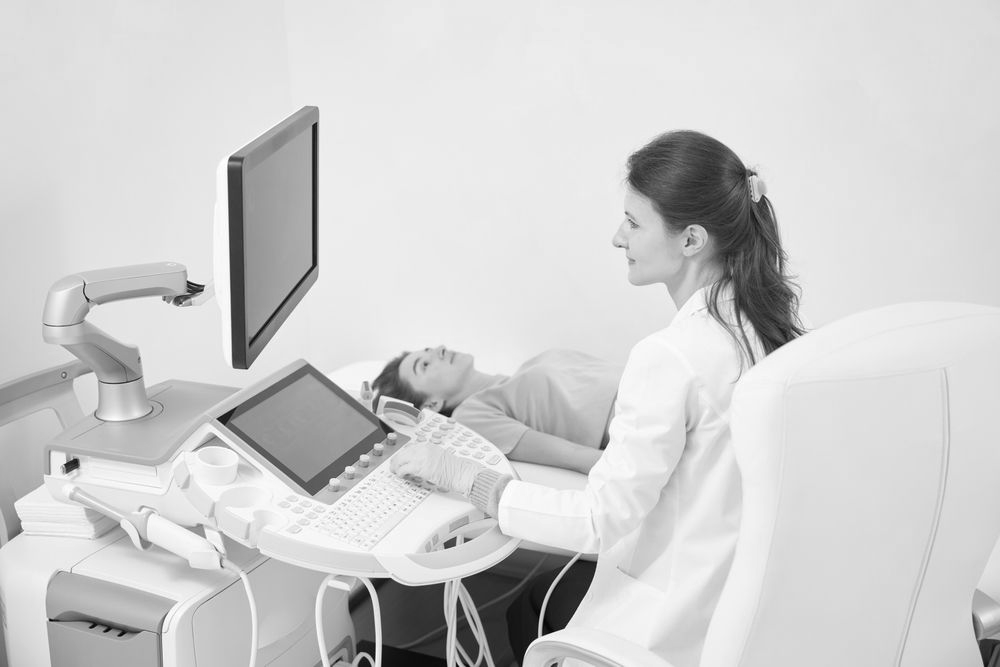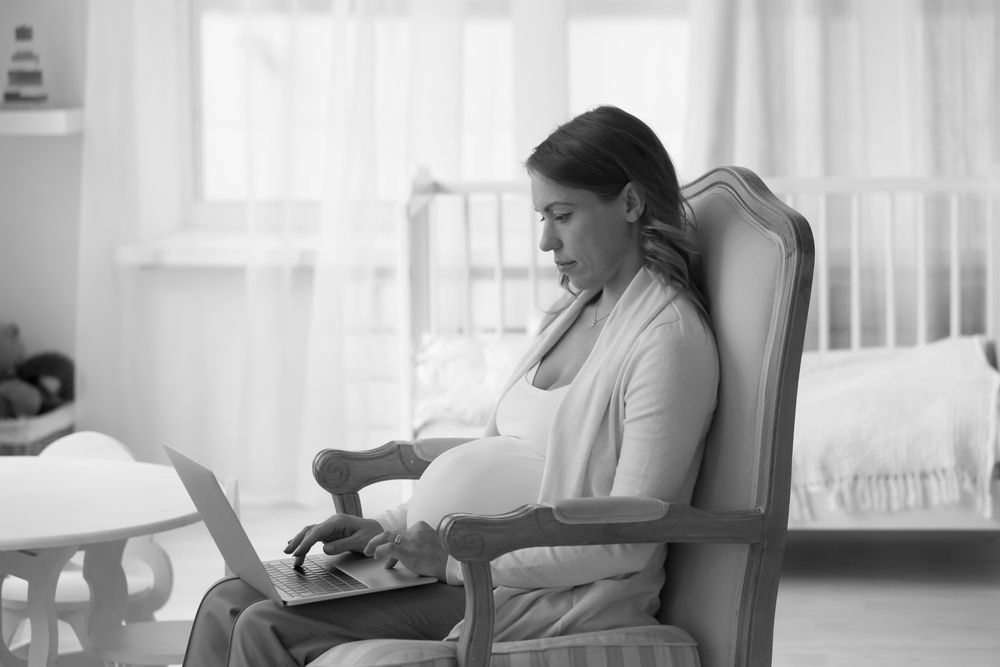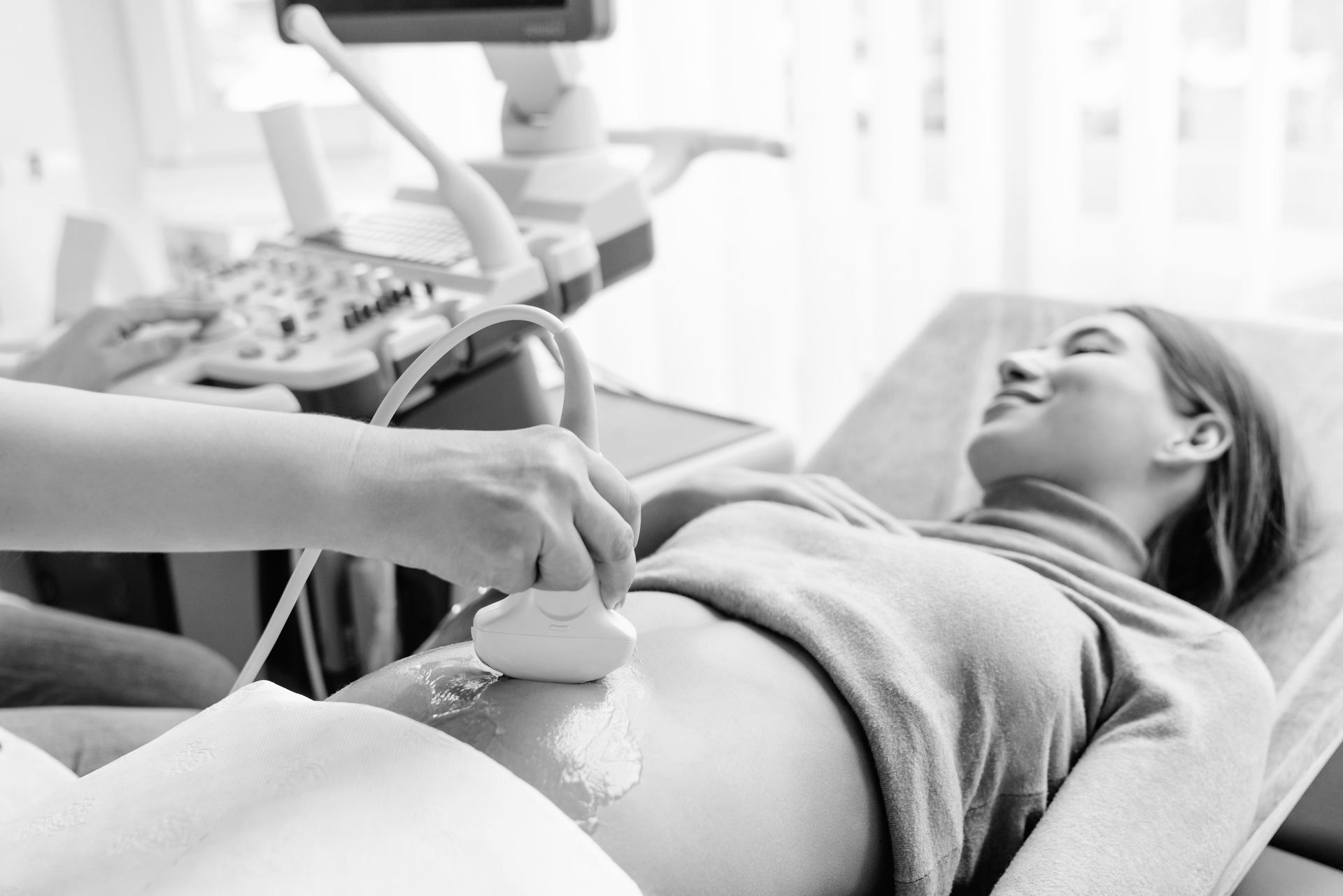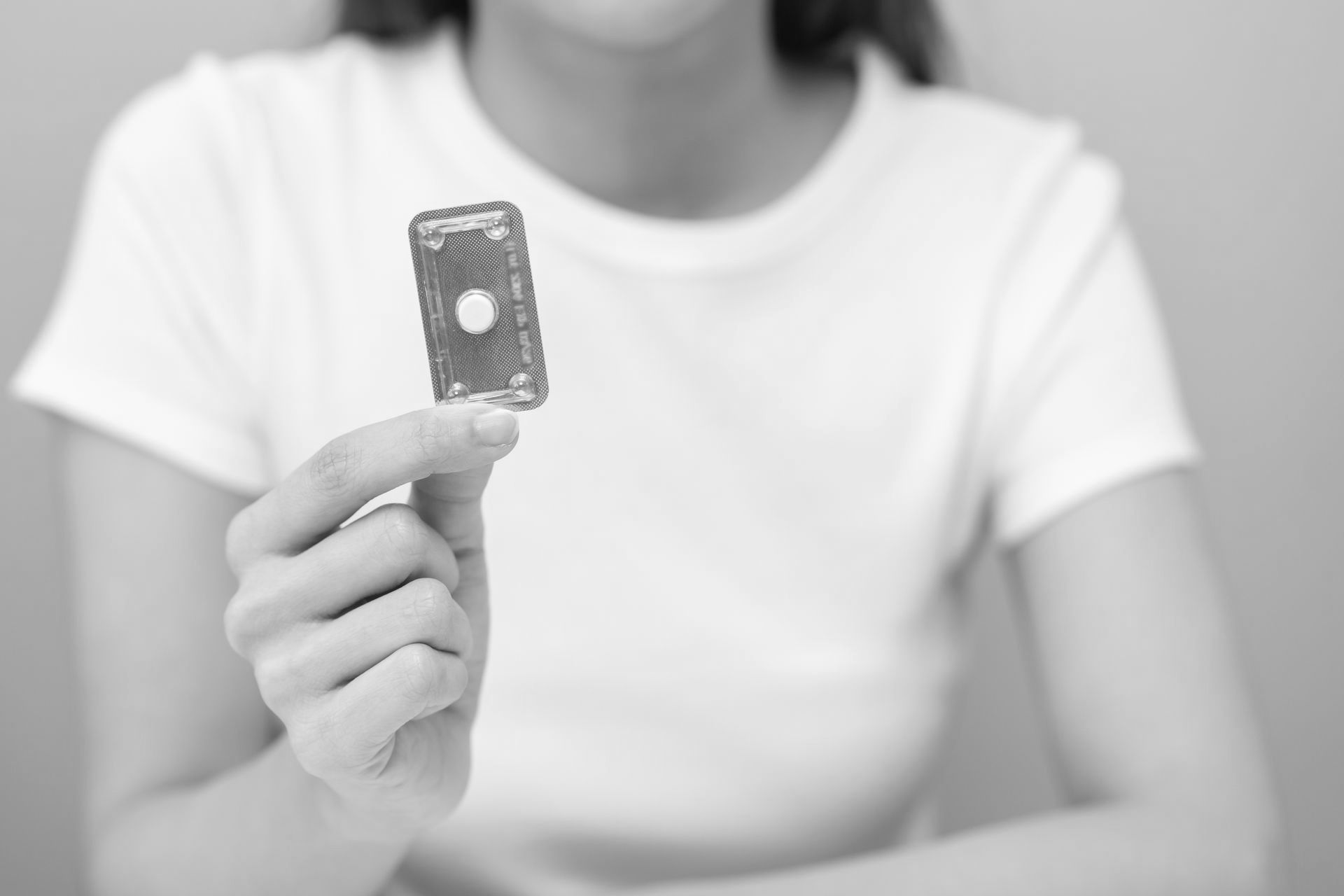A Guide to the Different Types of Pregnancy Tests
Share this Article:

You are wondering if you could be pregnant, so you go to the drugstore to pick up an at-home pregnancy test. But when you get there, it is overwhelming. There are so many to choose from! You do not want to waste money and buy one that is not accurate and then have to purchase another one. How can you tell which ones are best? In this article, we will discuss features of various at-home pregnancy tests and their accuracy so you can choose the best one for you.
Pregnancy Test Features
At-home pregnancy tests are designed to detect whether or not there is human chorionic gonadotropin (hCG) in your urine.
Most women want tests that can give them test results early, quickly, and accurately. Some features to consider when choosing a home pregnancy test are listed below:
Pregnancy Test Strips
Some pregnancy tests are so basic they are sold in packages of 10-50 at a time. They are merely testing strips without any plastic covering. To test, you would urinate into a cup, dip the test strip into the urine, and then lay the strip on a flat surface until it is ready to be read. The results display will reveal a small “control pad” and a “result pad.” A line will appear on the result pad if your test is positive. Pregnancy test strips are the least expensive option, particularly if you need to test often.
Non-Digital Pregnancy Test Sticks
Pregnancy test sticks are similar to strips except that the tests are housed in plastic so you can hold the stick directly under a urine stream. Like pregnancy strip tests, the result window will display a line if you are pregnant. The common complaint about non-digital test sticks is that the results can be difficult to read, especially if the levels of hCG are low.
You can usually purchase them in packages of one to five tests so you can retest if you need to.
Digital Pregnancy Tests
Digital pregnancy tests display a clearly written “pregnant” or “not pregnant” answer in the result window. This takes away the uncertainty that can accompany a non-digital test as you try to discern if you see a faint positive line.
Digital pregnancy tests are most accurate because they reduce human error. They usually cost a little more than non-digital tests.
Early Pregnancy Tests
Some at-home pregnancy tests are “early pregnancy tests” because they can detect hCG in your urine up to six days before you miss your period.
To get the most accurate result, test with first-morning urine or concentrated urine, so the hCG levels are easier to detect if you are pregnant.
There are drawbacks to testing that early, though.
One – they can detect chemical pregnancies. A chemical pregnancy is a pregnancy that miscarries just after implantation. Many women never know they were pregnant when they experience them. However, now that at-home pregnancy tests can detect the pregnancy hormone so early, they can cause unnecessary anxiety and grief for women.
Two – early pregnancy tests have a higher rate of false-negative results because it is too early to detect the hCG hormone. You can usually purchase early pregnancy tests in multiples because of the higher chance you will need to retest after a false negative result.
There are many different brands of pregnancy tests to choose from and it could be overwhelming. Willow Womens Center can give you a definitive answer with our free pregnancy-related services. Since all tests are most accurate after you have missed your period, we suggest waiting until a few days after your missed period to schedule your appointment by calling 608-312-2025 or by using our online scheduler.
Get the Answers You Need
If your at-home pregnancy test was positive, or you just think you might be pregnant, contact Willow Womens Center by calling 608-312-2025 for a confidential appointment. Our caring support team will help you consider all your options, so you can make the informed decision that is right for you.
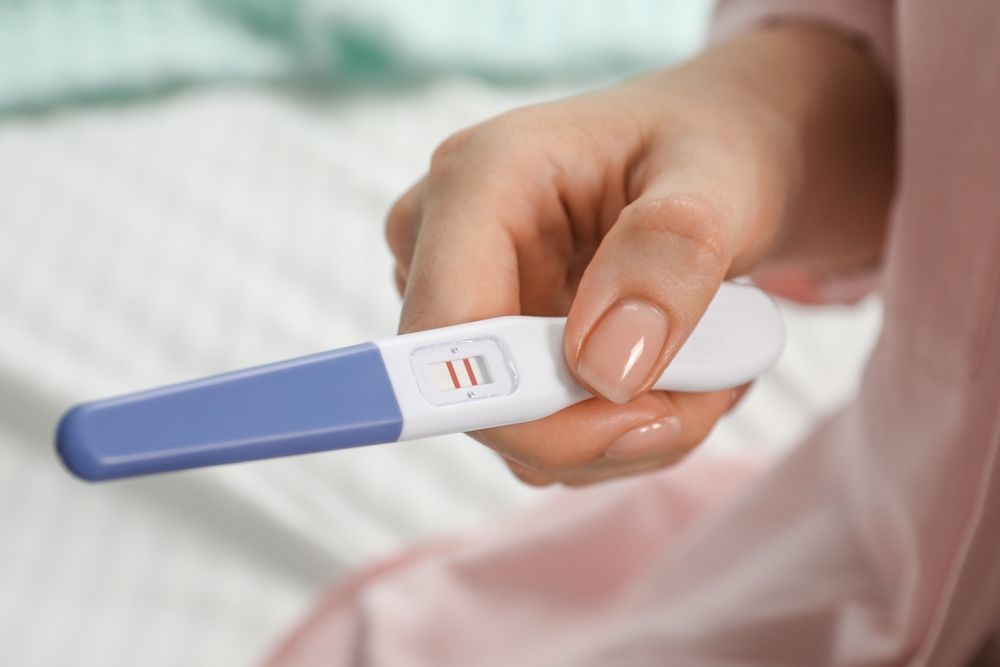
Connect with Us:



